4, August 2018
Southern Cameroons refugees turn to low paid labour in Nigeria 0
Stella Obi wakes every morning in search of odd jobs in Agbokim Waterfalls village in southern Nigeria’s Cross River state.
With a hoe and a machete, the 34-year-old asks locals if they have any work for her on their farms.
She weeds or breaks cocoa pods.
“I get paid between 500 to 1000 naira ($2 to $4) a day,” she tells Al Jazeera as she works the soil in a small vegetable field. “I never tasted this kind of suffering when I was in my village in Cameroon.”
Obi, a mother of six, is among over 180, 000 Cameroonians who fled their homes following a violent crackdown by the Cameroonian government on Anglophone separatists who declared independence from the French-speaking majority on October 1.
More than 21,000 people have crossed the border to Nigeria, according to NGOs, though local emergency officials say the number could be higher, at up to 50,000.
Tensions rose in late 2016 with a strike by barristers and then teachers, both of whom were protesting against the use of French in schools and courts in Cameroon’s English-speaking northwest and southwest regions.
More protests followed in major cities in the regions, with local residents joining rallies.
 |
| Stella Obi earns a few dollars a day to weed a small vegetable farm to raise money to feed her six children [Linus Unah/Al Jazeera] |
As calls for either integration or autonomy grew louder, the government stepped in with heavy-handed tactics.
Security forces were deployed to the regions; protests were met with violence, arrests and killings. Hundreds of homes were razed.
The Ambazonia Defence Forces and other rebel groups sprang up and fought back, and armed separatists kidnapped civil servants, torched government buildings, and killed soldiers.
We left everything behind and fled to the forest. My husband tried to go back and gather some things and he was killed.
Most Cameronian refugees settled in Cross River state, which has a border with southwest Cameroon.
In Agbokim Waterfalls village, Obi and thousands of refugees have little or no access to food, medicine, education, clothing, drinking water and sanitation facilities.
“We left everything behind and fled to the forest,” Obi says, beads of sweat gleaming on her forehead. “My husband [a cocoa buyer] tried to go back and gather some things and he was killed.”
The asylum seekers are mostly staying with host families. Some households raised money for rent after doing odd jobs.
The UNHCR has been supporting the refugees, but it is now struggling with a lack of funds.
“I am becoming frustrated here,” says Obi, who is now joined by two of her children at the farm. “We have only received [support] two times, and sometimes it does not get to all of us, [especially] the sick, old and blind.”
Turning twigs into teeth-cleaning sticks
Across the road, another asylum seeker, 43-year-old Janet Obi, clears shrubs growing beneath large maize stalks, working with so much force that she stops regularly to catch her breath.
She is angered by the government’s use of force on protests.
“My [nephew] was playing outside our home when he was shot by a soldier,” she recalls. “He was innocent, he did nothing wrong. Our people are being shot like animals; we are armless civilians.
“I came to this village with my two children and 21 relatives last year. I used to be a businesswoman dealing in cocoa and fashion wears. Now I am doing anything to survive.”
Janet emphasises the word anything.
 |
| Janet Obi, a businesswoman before the conflict started, now works on farms to feed her family [Linus Unah/Al Jazeera] |
Some women and children work on building sites, carrying bricks and other materials to make enough money for food.
Others use their income to buy tree branches to make chew sticks – which are used in some parts of Africa to clean teeth – to sell.
Across Agbokim Waterfalls, it is common to see refugees chopping tree branches into twigs.
 |
| Most Cameroonian refugees in Agbokim make chew sticks to survive [Linus Unah/Al Jazeera] |
At an unfinished apartment building in the village centre, Mary Obong and a group of nine children are loading piles of twigs into a 100kg sack.
“I have to make chew sticks to feed my seven children and two of my grandchildren who are staying with me,” Obong says, imploring the children to hurry.
Families hosting refugees give Obong the branches and pay her anything from 1,500 to 3,000 naira ($5 to $10) to fill up a bag. The process could last a week or a little less.
 |
| Mary Obong is one of thousands of refugees from Cameroon who have fled violence [Linus Unah/Al Jazeera] |
After Francophone Cameroon secured independence in 1960, the UN facilitated a referendum that allowed regions under British mandate to either join Nigeria or the larger French-speaking Cameroon.
Southern Cameroon – the present-day northwest and southwest regions – joined the Republic of Cameroon, but a national referendum in 1972 changed Cameroon into a unitary state.
Current President Paul Biya, who came into office in 1982, changed the country’s name in 1984 to the Republic of Cameroon, the initial Francophone territory name.
A second yellow star on the green stripe of the flag was removed, with the government touting the move as a symbol of unity.
However, a group of five elderly Cameroonian refugees who spoke to Al Jazeera say the second star represented the Anglophone regions, and its removal showed that Cameroon was not “one” or “united”.
The bulk of Cameroon’s industrial output, including its only refinery, is in the [Anglophone] Southwest Region, a fact which may partly explain the central government’s urgency in moving to quell secessionist elements.
CHETA NWANZE, RESEARCHER AT SBM INTELLIGENCE
Cameroon has a population of nearly 24 million people. An estimated 20 percent live in the Anglophone regions.
Eight out of the country’s 10 administrative provinces are Francophone.
Many in the Anglophone community feel marginalised by the French-speaking government in Yaounde, citing a lack of political representation, job opportunities and resources and the imposition of French in schools, official documents and courts.
More than half of Cameroon’s gross domestic product (GDP) comes from the Anglophone regions, according to estimates.
“The bulk of Cameroon’s industrial output, including its only refinery, is in the [Anglophone] Southwest Region, a fact which may partly explain the central government’s urgency in moving to quell secessionist elements,” says Cheta Nwanze, head of research at Lagos-based geopolitical risk consultancy firm, SBM Intelligence.
“What it unintentionally accomplished, however, was to inflame the feeling of discontent and disillusionment among large sections of English-speaking Cameroonians, which has seen the ranks of the separatist fighters increase.”
 |
| Ntui Patrick Obi, a former Cameroonian policeman, says many refugees would not go back to live under Paul Biya’s rule again [Linus Unah/Al Jazeera] |
Discontent is common among the refugees.
“Many resources [such as] crude oil, cocoa, palm oil, timber, rubber, and banana come from our side, but after taking them away they forget us and face the Francophone areas,” former Cameroonian policeman Ntui Patrick Obi, 78, tells Al Jazeera.
“Our children will finish school with all their knowledge and the books they know but there is no work,” says Helen Agbor, an 80-year-old refugee.
“Why would Paul Biya want us to remain in Cameroon? He couldn’t even give our children a broom to sweep the road to get money to eat. Some of them are becoming thieves because of no work. We will resist him until the end.”
 |
| Cameroonian refugees in Agbokim Waterfall village wait in the sweltering heat outside a centre to receive assistance [Linus Unah/Al Jazeera] |
If President Biya, 85, extends his 35-year rule in upcoming elections, the crisis is expected to deepen, according to analysts.
“Cameroon sits at the crossroads of West and Central Africa, a strategically important position from a geopolitical standpoint,” says Nwanze, the researcher at SBM Intelligence.
“On all of its international boundaries – Boko Haram in Nigeria, ethnic militias in Chad and sectarian fighters in the Central African Republic – instability abounds. A further escalation of the violence into more open and defined conflict will have repercussions that extend beyond its borders.”
Back in Agbokim Waterfalls village, hundreds of refugees pour into an aid centre. More than 1,000 people wait outside, plastic bowls and cups in their hands.
They gather like this whenever food and other items come in from the Anglophone diaspora, or local people and churches.
Inside the centre, there are grains, vegetable oil, salt and tins of tomatoes.
Quarrels simmer over how to ration out the supply.
It is in moments such as this that Stella Obi, the widowed mother of six who works the vegetable fields, remembers home.
“Soldiers burned our homes, clothes, property, bags of cocoa – just everything, so what is the point of returning?” she asks.
“My children ask me ‘where is our father?’ every day.”
 |
| Cameroonian refugees gather at an aid centre in Agbokim Waterfalls village to collect food and other items [Linus Unah/Al Jazeera] |
SOURCE: AL JAZEERA NEWS
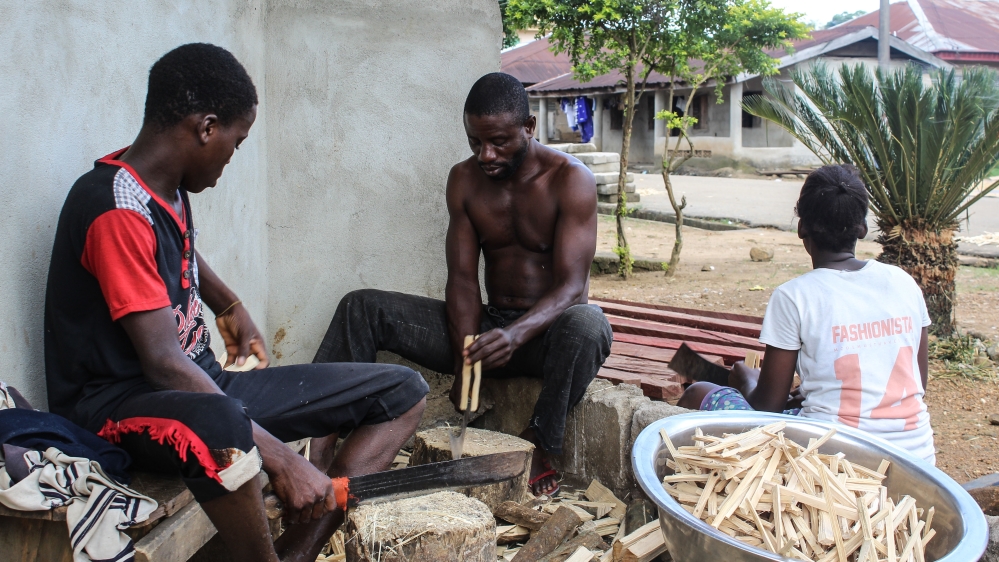
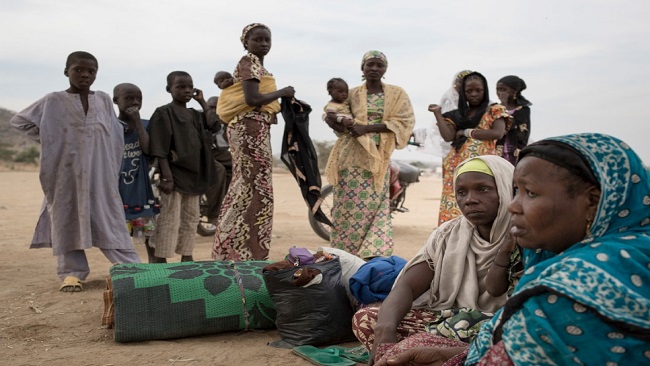
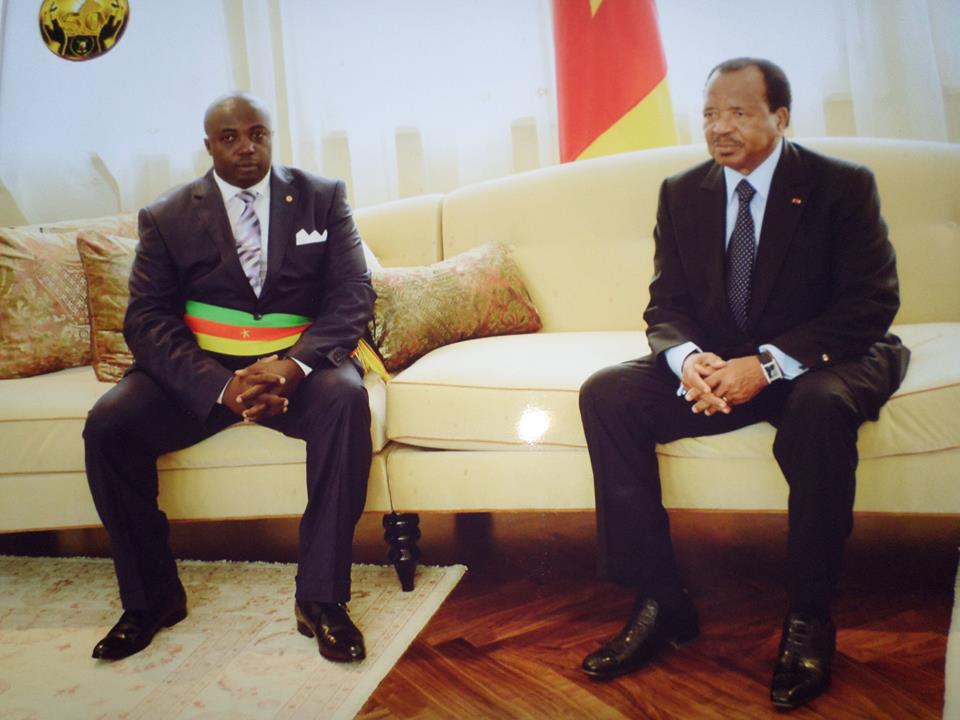
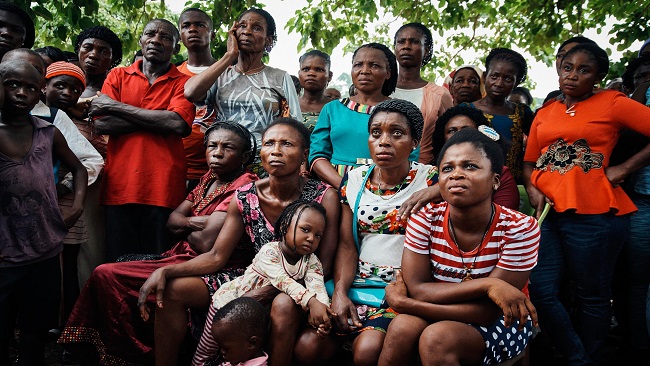

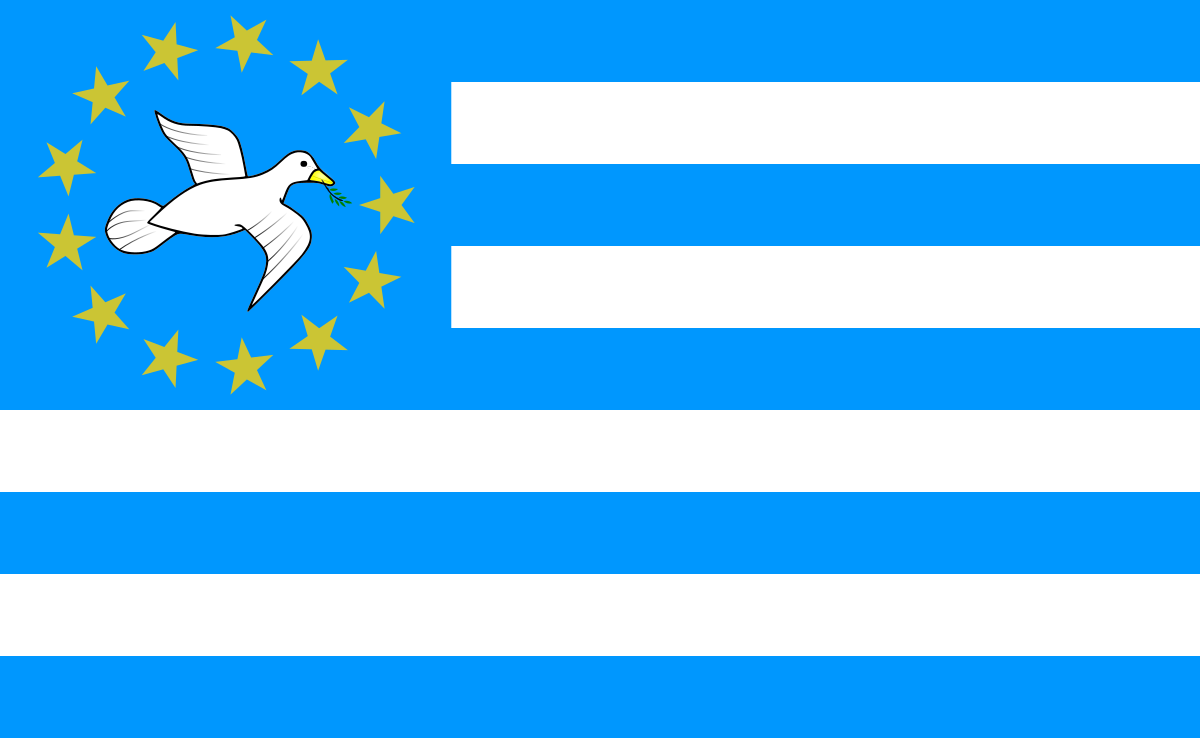
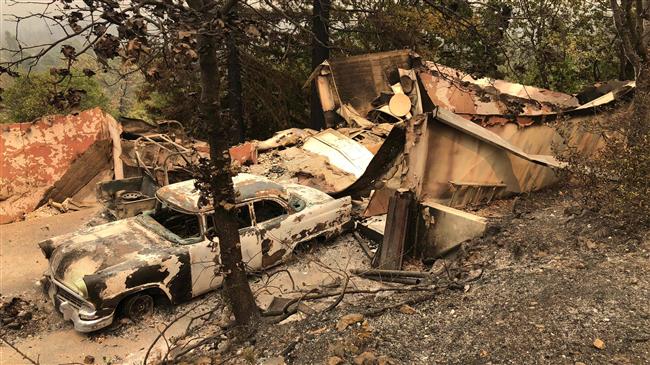


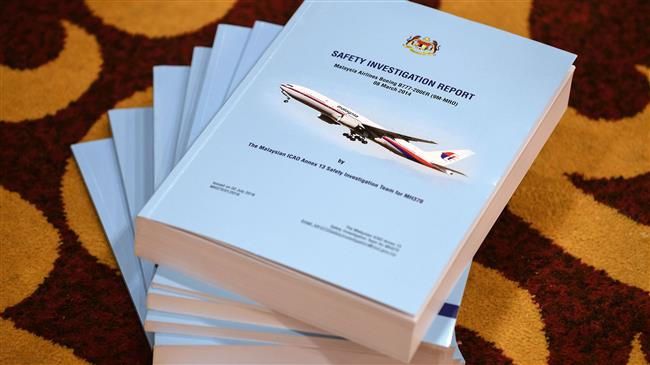


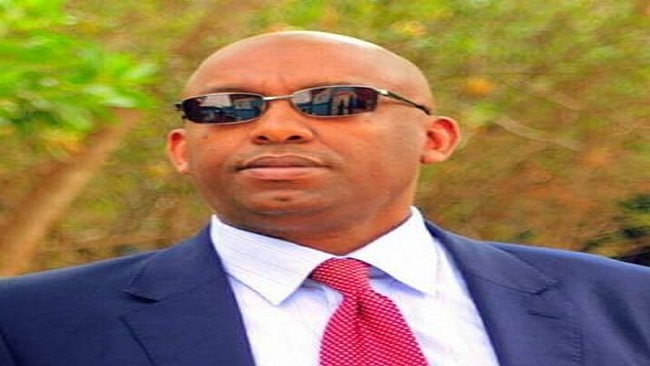

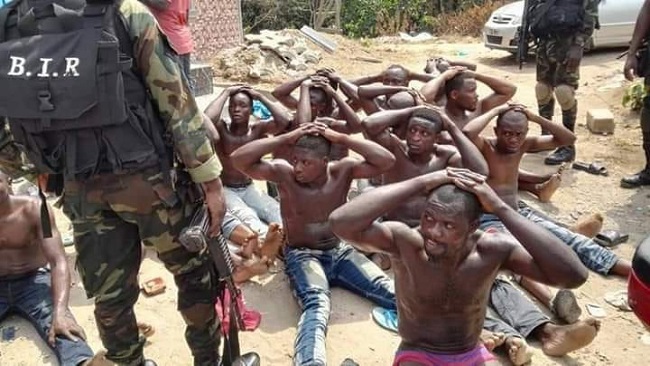
















4, August 2018
U.S. Prepares to Pullout Troops From Cameroon 0
Hundreds of American troops in Africa would be reassigned and the number of Special Operations missions on the continent would be wound down under plans submitted by a top military commander, a response to the Trump administration’s strategy to increasingly focus on threats from China and Russia.
Defense Department officials said they expected most of the troop cuts and scaled-back missions to come from Central and West Africa, where Special Operations missions have focused on training African militaries to combat the growing threat from extremist Islamist militant groups.
The plan by Gen. Thomas D. Waldhauser, the leader of United States Africa Command, follows an ambush in Niger last fall that killed four American soldiers and an attack in southwestern Somalia that killed another in June.
In an interview with The New York Times, General Waldhauser said his plan would help streamline the military’s ability to combat threats around the world — but not retreat from Africa.
“We’re not walking away,” General Waldhauser said at his Germany headquarters last week, adding that the United States would still “reserve the right to unilaterally return” to protect American interests.
Africa has increasingly become an emerging battlefield for the United States in the fight against Islamist militant groups, including the Islamic State, Boko Haram and others across the continent that have sworn loyalty to Al Qaeda.
Carter F. Ham, a retired Army general who once led Africa Command, said he agreed “in principle” with paying more attention to Russia and China — the notion at the heart of a national defense strategy unveiled in January by Defense Secretary Jim Mattis.
But, Mr. Ham said, “my concern in Africa is that with an already very modest presence and level of engagement, reducing that will lessen the likelihood for good outcomes across the continent.” Africa receives a small portion of Pentagon investment compared with Germany, South Korea and Japan, for instance.
General Waldhauser said Africa Command was the first to be asked to submit a drawdown plan, as The Times initially reported in June. But he said he expected other American combatant commands around the world to do the same under the defense strategy to better position the United States military against threats from Russia, China, Iran and North Korea.
The strategy represented a shift from fighting terrorism to countering state threats. When he announced it in January, Mr. Mattis declared that “we will continue to prosecute the campaign against terrorists, but great power competition — not terrorism — is now the primary focus of U.S. national security.”
The drawdown in Africa, General Waldhauser said, will include the departure of hundreds of Special Operations troops and their support forces. It will begin in places like Cameroon, where American war planners believe their efforts to train that country’s special operations forces have been largely successful. The United States currently has about 300 troops in Cameroon.
General Waldhauser said Cameroon’s security forces have improved to the point where they no longer need Americans to accompany them on missions.
“They can do it on their own,” he said. “That would be an example of a country where we have worked ourselves out of a job.”
A Defense Department official said that Nigerien forces are also considered to be improving to the point where they may soon not need American help.
Source: NYT